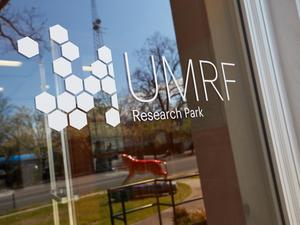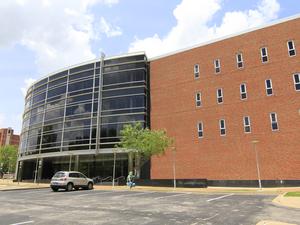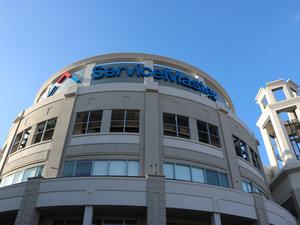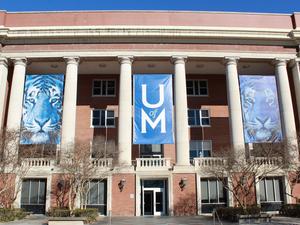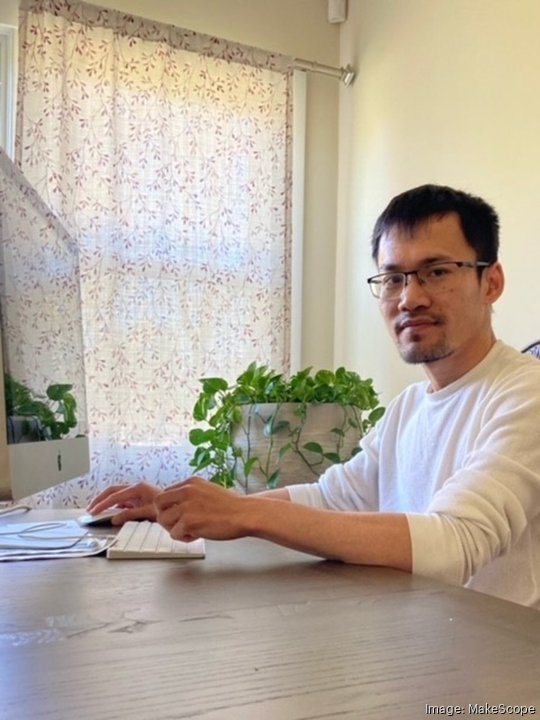
When Cong Van started working with super resolution microscopes, he didn’t plan on starting a company. In fact, when MBJ asked him why he developed an interest in the devices, his initial answer was simple — essentially, it was because "they’re cool."
“You can see the smallest cells,” he said.
Van, a mathematician with a Ph.D. from the University of Michigan, came to the Bluff City two years ago to work on them in the University of Memphis’ Computational Imaging Research Laboratory (CIRL), alongside Dr. Chrysanthe Preza (a biomedical engineering professor at U of M, and one of the inventors of super resolution microscopes).
For around six months, he worked in the CIRL. But as he did, he began to realize the commercial potential of an affordable, portable super resolution microscope. So, in January 2020, he joined the Patents2Products (P2P) program, a partnership between U of M and Epicenter that hires post-doc fellows to start businesses, using patented intellectual property developed both in Memphis and across the U.S.
The cost of the initiative is split between the U of M and Epicenter — it’s about $1 million — and the organizations provide researchers with two-year funded positions, along with resources to launch startups.
For example, participants get a salary with benefits, an on-campus lab, space at the University of Memphis Research Foundation's research park — a coworking facility for startups — and mentorship. Right now, Van is one of six people in the program, and through it, he’s founded the startup MakeScope, which has developed a prototype of a super resolution fluorescence microscope.
But what separates Van’s product from similar items?
“First, it’s portable, you can transport it,” he said. “The current microscope is bulky; you cannot bring it to other places. The portable one can be taken into the field, and you can do a diagnosis right there.”
He refers to the diagnosis of diseases, like malaria, a common use for fluorescence microscopes. Yet often, Van explained, samples have to be taken to a lab. Photos are taken under the microscope, which are then sent to a specialist to examine.
Van hopes his device will cut down on the wait time.
“It takes a long time to go from sample to facility to specialist,” he said. “This is going to shorten the process. Once you take a sample, you put it under the portable super resolution microscope, and can predict whether they have malaria or not.”
Because it’s a super resolution microscope, it also has higher resolution levels than other fluorescence microscopes that diagnose diseases, which could increase its accuracy rate.
Right now, Van is still working on making the microscope more portable, but within the next several years, the hope is to start selling it, first in Memphis, and then more widely in the U.S. Though he’s proved the microscope works with malaria and tuberculosis, he’s now looking for diseases common in Memphis, to test how well his product can diagnose them.
Van also has another goal, one that could seem loftier: He wants to develop a super resolution fluorescence microscope that’s made from a 3D printer, an idea that could cut down on manufacturing costs, and allow him to sell them at cheaper prices to areas and organizations that can’t afford other models.
He’s not too far off from this hope, either.
During the early days of the COVID-19 pandemic, when cities shut down and left many hunkering in their homes, Van found himself with more time on his hands. So, he started experimenting with a 3D printer, and used it to create both a standard microscope, and a fluorescence microscope, which weren’t expensive to make. If you already have a 3D printer, a standard microscope can be made for under $30, he asserted. And, a fluorescence one can be made for under $200 (fluorescence microscopes can typically cost thousands of dollars, depending on the quality).
This makes Van believe he can develop a super resolution fluorescence microscope with a 3D printer, one similar to his current, portable prototype. If he does, he’d be willing to provide the design to organizations for free, and instead charge to use the software that processes its photos.
Still, it could be some time before he can further develop this idea, and for now, Van is primarily focused on preparing his other product.
“When people say 3D printed microscope, they don’t believe 3D printed ones work, especially for the super resolution one,” he said. “I need to convince people it will work before I go further with it, probably after the portable microscope goes to market."
